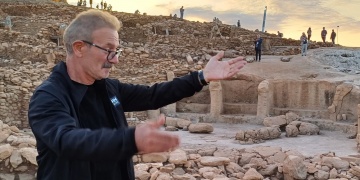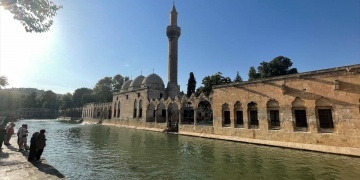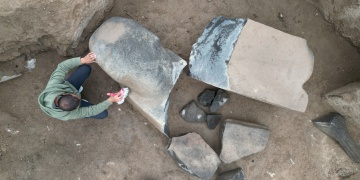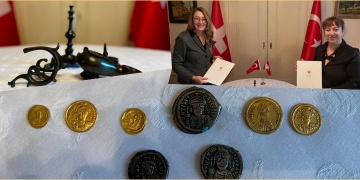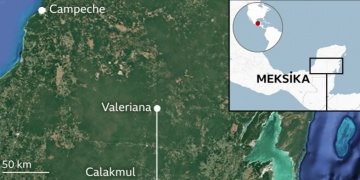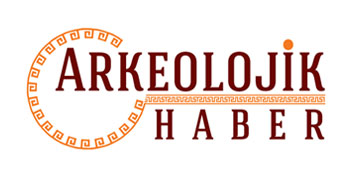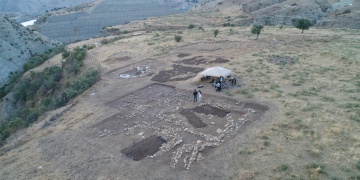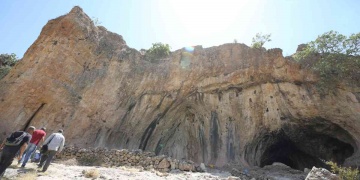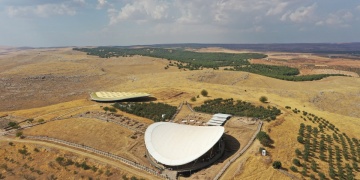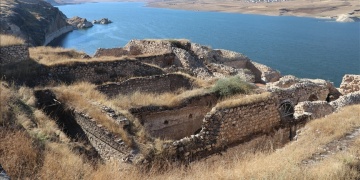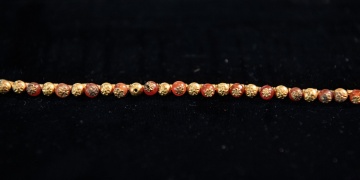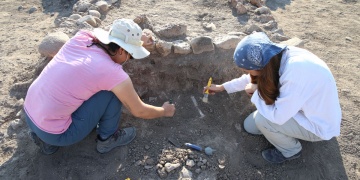
Sumerologist Muazzez İlmiye Çığ, passed away at the age of 110
Turkish archaeologist, linguist, writer and Turkey's first female Sumerologist Muazzez İlmiye Çığ died at the age of 110.

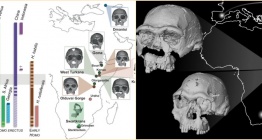
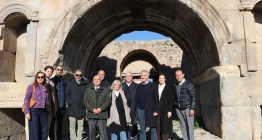
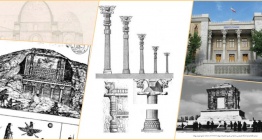
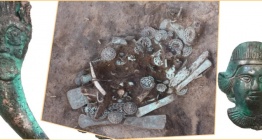



Turkish archaeologist, linguist, writer and Turkey's first female Sumerologist Muazzez İlmiye Çığ died at the age of 110.
More than a thousand scientists from all over the world who study the Neolithic period were in Turkey for the World Neolithic Congress held between November 4-8, 2024.
The Programme for the World Neolithic Congress 2024
Archaeologists found the first monumental statue of its kind in the region during rescue excavations at Garibin Tepe. This fascinating discovery, which is roughly 2 meters long and 1 meter wide, was discovered in a historical site only 3 kilometers…
International Cultural Heritage Gang Busted. The gang included treasure hunters, suppliers, middlemen, restoration experts, fake art manufacturers, art historians and art galleries.
The city, which has been named Valeriana by archaeologists, was found by studying laser scans that had been taken in 2013 as part of a forest monitoring project in the southeastern state of Campeche.
Replicas of 3 ancient artifacts from Türkiye's Gobeklitepe will be exhibited for 6 months starting Thursday
With the majority of the ancient structure exposed and final restoration stages underway, the Prusias ad Hypium theater is set to open for tourism in 2025, providing visitors with a glimpse into the region’s rich archaeological and cultural…
According to news of Azernews; The Azerbaijan National Academy of Sciences Institute of Archeology and Anthropology (ANAS) conducted an archaeological exploration in the Iğdır province of Turkey with the participation of Turkish experts,
The Copper Age (The Chalcolithic period) began thousands of years earlier than thought. Archaeologists have found evidence of early copper use dating back to 8,500 BC at the Boncuklu Tarla archaeological excavation in Mardin. The archaeological…
New research indicates that early duplications of the salivary amylase gene (AMY1) may have started more than 800,000 years ago, long before humans began to farm. These duplications opened the door for the wide genetic variations that still exist…
Findings dating back 450 thousand years have been found in Uluköy Cave so far. Uluköy Cave archaeological excavation is one of the rare archaeological excavations with Paleolithic Age content in Northern Mesopotamia.
Göbeklitepe archaeological excavations show that agriculture and animal husbandry result of a sedentary life, not its cause. Archaeologist Prof. Necmi Karul, said: "The findings of the archaeological excavations in Göbeklitepe reveal that agriculture…
Archaeologists have uncovered the remains of a 1,600-year-old Roman military structure during excavations in the ancient town of Hasankeyf, southeastern Turkey.
The approximately 2,700-year-old Bintepeler necklace, which was smuggled abroad from Turkey, is being returned to Turkey. Necklace stolen from Turkish Aegean province of Manisa, smuggled into US in 1982.
Archaeologists uncover remains of a child, an infant, estimated to be 7,600 years old, at Domuztepe Mound in Kahramanmaras province during ongoing excavation.
